-
CCIE Enterprise Infrastructure Certification

Introduction “Are you looking to take your IT career to new heights?” If yes, you are at the right place. We have already witnessed the profound impact of the evolution of technology over the years on our daily lives. From smartphones to laptops, we are constantly surrounded by technological marvels. You must learn as well…
-
SD-WAN vs MPLS – What’s the Difference?
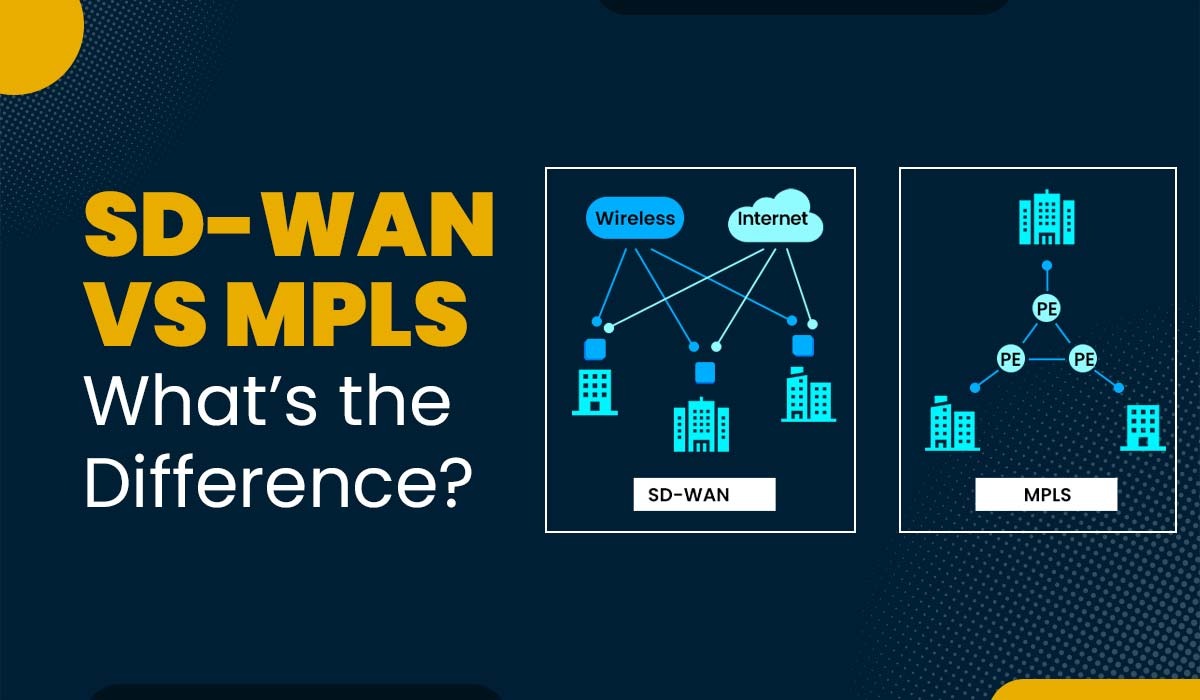
Introduction WAN, or Wide Area Network, plays a major role in connecting computer networks over long distances. It ensures that there should be smooth communication as well as efficient data transfer between different locations. Companies and network engineers rely heavily on WAN technologies to link their offices, data centers, and remote sites. There are two…
-
What is CCIE (Cisco Certified Internetwork Expert)?

Introduction Computer networking solutions have now become the backbone of every business operation. Whether it’s a small startup or a large enterprise, everyone relies heavily on networking infrastructure in order to achieve seamless communication as well as data transfer. As with time, businesses continue to expand and evolve, which makes it crucial to have skilled…
-
What is IS-IS Protocol?
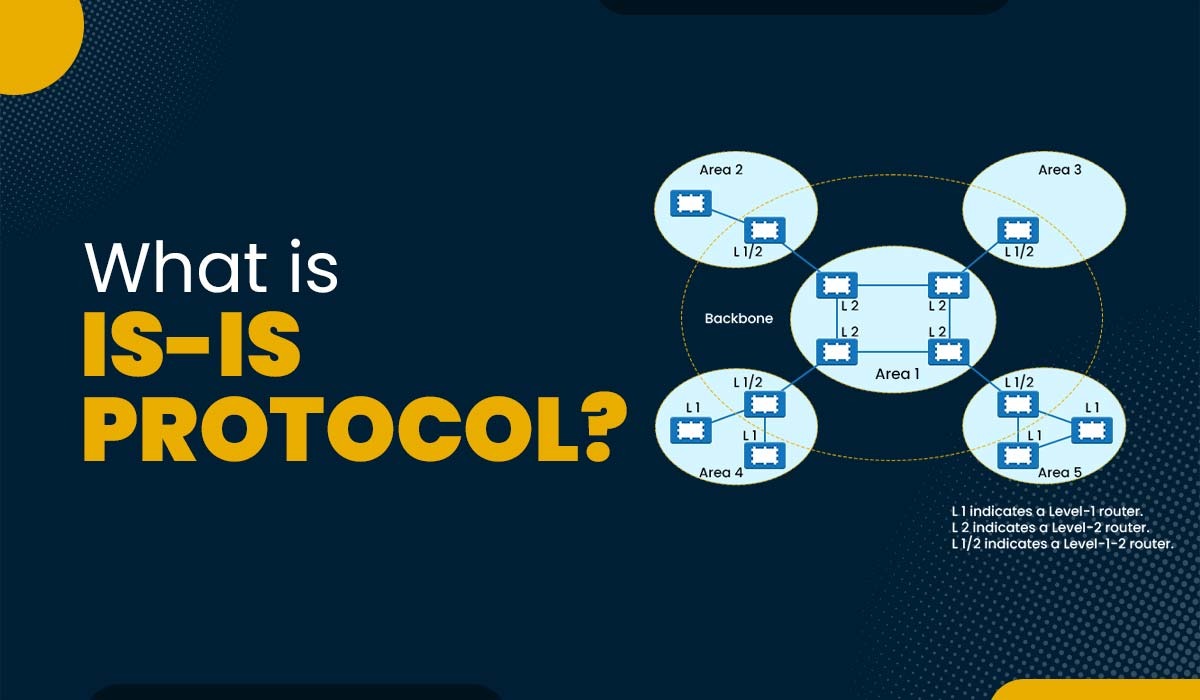
Introduction IS-IS is a link-state routing protocol that allows the efficient transmission of data in large and complex networks. Now, many network enthusiasts have heard of the term routing protocol, which is a set of rules and algorithms. Routing protocols are utilized by network devices to determine the best path for sending the data between…
-
Top 10 Most Popular Network Simulation Tools (2025)
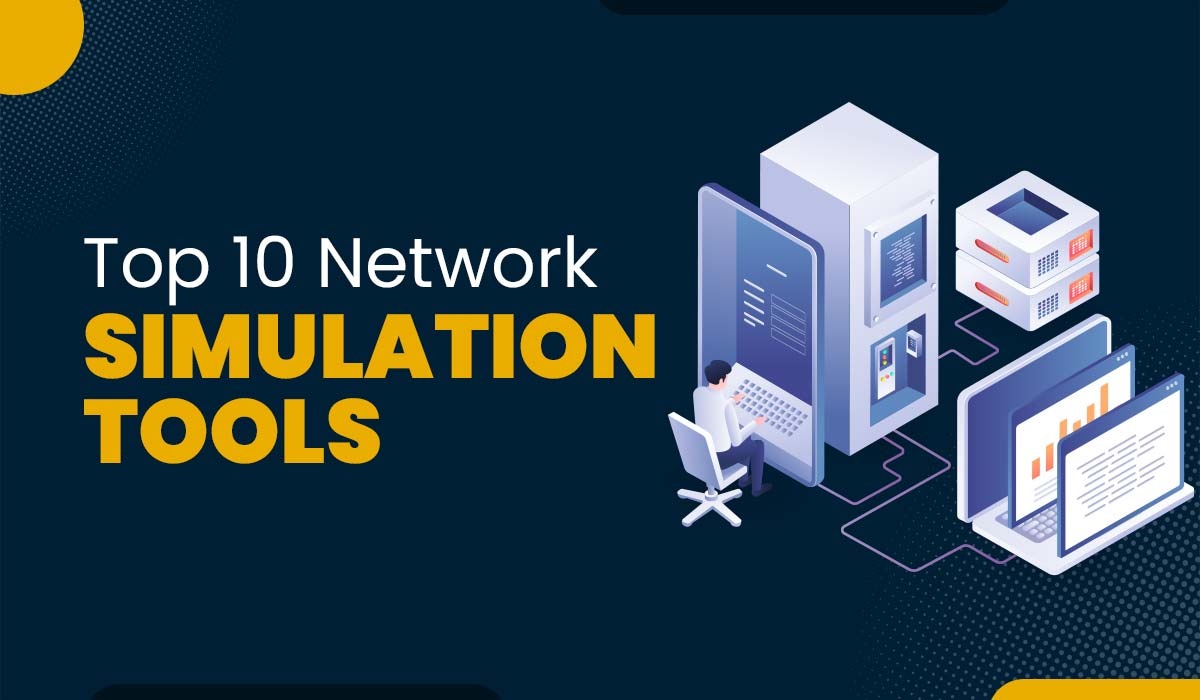
Introduction Network Simulation is a technique by which one can easily create a virtual representation of the network. This virtual representation can either be used for testing, learning, or research purposes. With the help of network simulation tools, users can design, configure, and analyze different network scenarios without relying on hardware or software. Apart from…
-
TCP Header – Definition, Diagram and its Format

Introduction TCP, or Transmission control protocol, is a widely used protocol on the Internet that is reliable and connection oriented. TCP operates at the transport layer of the OSI model and ensures the correct ordered delivery of data packets from sender to receiver in a network. TCP is used by many applications that are totally…
-
What is MPLS (Multiprotocol Label Switching)?

Introduction Multiprotocol Label Switching is a technology that allows efficient data transmission across networks. Network operators and service providers widely employ it to ensure high quality as well as reliable services for their customers. By understanding the working principles of MPLS, one can proficiently design, configure, troubleshoot, and optimize these networks. In this blog post,…
-
Common Types of Network Devices and Their Functions (2025)
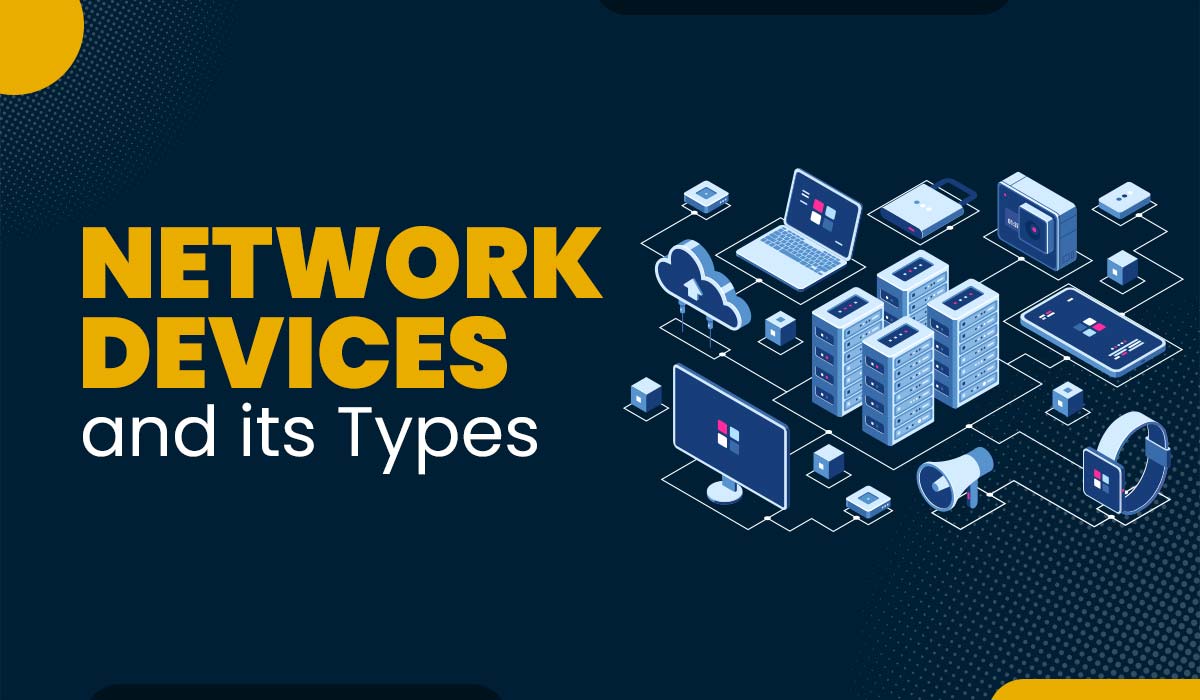
Introduction A computer network comprises a collection of interconnected devices. These devices, including computers, printers, and other data-transmitting tools, are linked through communication channels. Various types of network devices are utilized to establish, maintain, protect, and improve network connections. Network Devices carry out different functions at different layers of the OSI model and have different…
-
What is Reverse Address Resolution Protocol (RARP)?
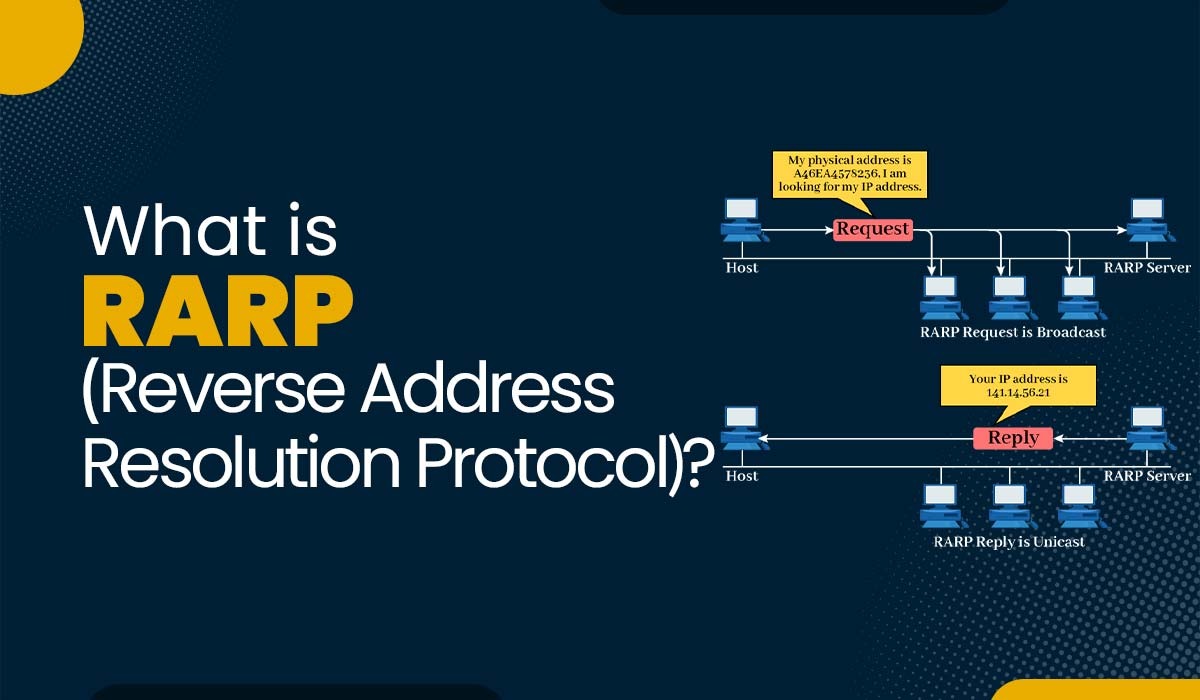
Introduction Reverse Address Resolution Protocol, also known as reverse ARP, is a networking protocol used to link a MAC address with an Internet Protocol (IP) address. It is the inverse of the Address Resolution Protocol (ARP), which links an IP address with a MAC address. RARP was originally developed in the stages of computer networking as…
-
DR and BDR in OSPF: Roles and Election Process
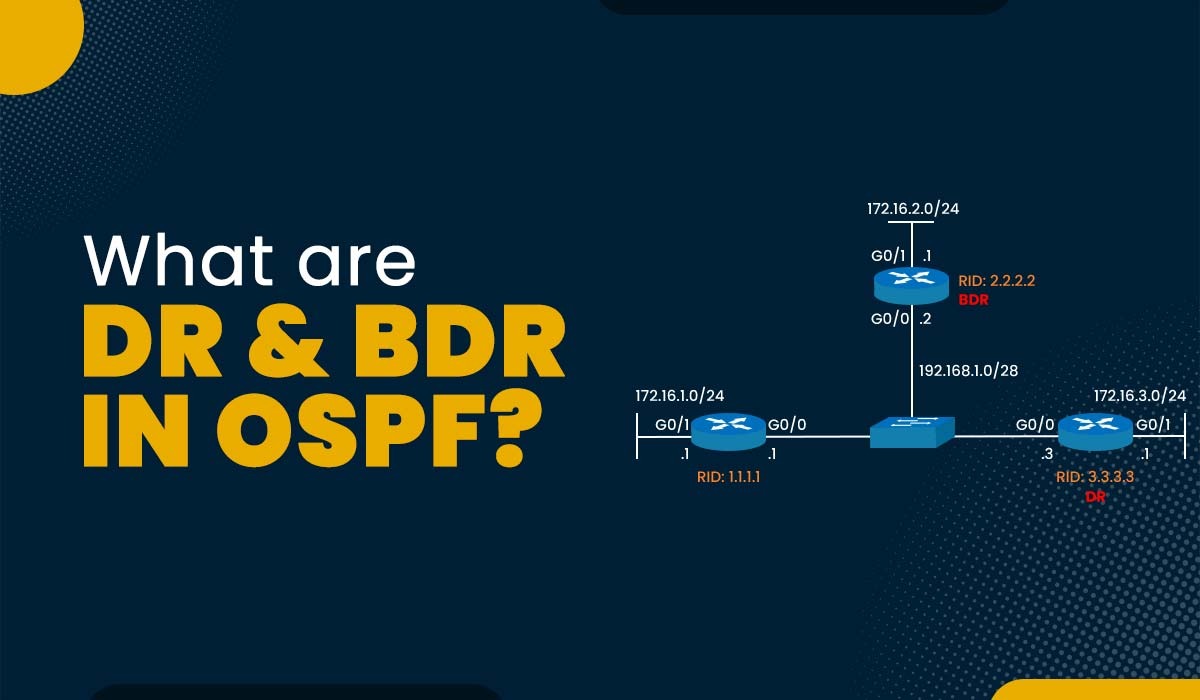
Introduction OSPF, which stands for Open Shortest Path First, is a link-state routing protocol that calculates the shortest course or path to any destination inside the network using the Dijkstra algorithm. However, OSPF has several limitations, mainly in terms of non-broadcast multi-access (NBMA) networks such as Ethernet or Frame Relay. In these networks, more than…


